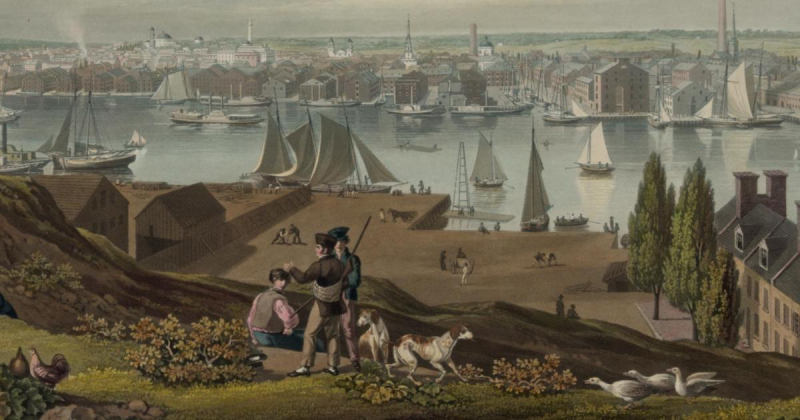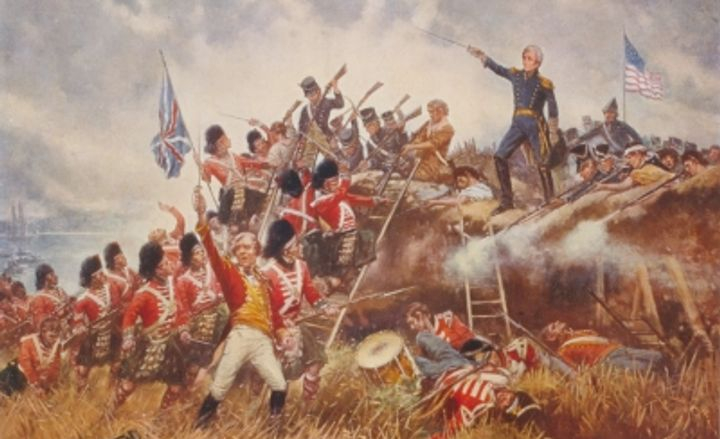The Battle of Baltimore effectively ended the British invasion of the Chesapeake Bay
The war with Britain became a reality for Marylanders in the early spring. British forces were positioned in the direction of the Chesapeake Bay after beginning the year with a firm grip on the Canadian border.
Baltimore had a reputation as a haven for privateers and pirates among the British because British ships launched from Baltimore Harbor for years tormented their fleet. The British Navy blockaded most of the eastern shore in an effort to stop such assaults and to obstruct the shipping of supplies or troops. The British vessels and frigates went up the Chesapeake in March. The British were able to quickly and easily land men on either the eastern or western coastlines of Maryland thanks to these ships. British troops started conducting interior raids a month after the blockade was put in place.
Due to the lack of definite wins during the Chesapeake Campaign in 1813, American forces fared better in the frontier. While the land forces made little progress, American naval ships made significant gains on the Great Lakes. British and indigenous forces on the western front were unable to get supplies or reinforcements because Lake Erie was under American hands. The American Army attacked York, the capital of Canada, while the British were occupied in the West (now Toronto). The American soldiers, in a resounding victory, looted and set a number of significant structures on fire, including York's Parliament buildings.







